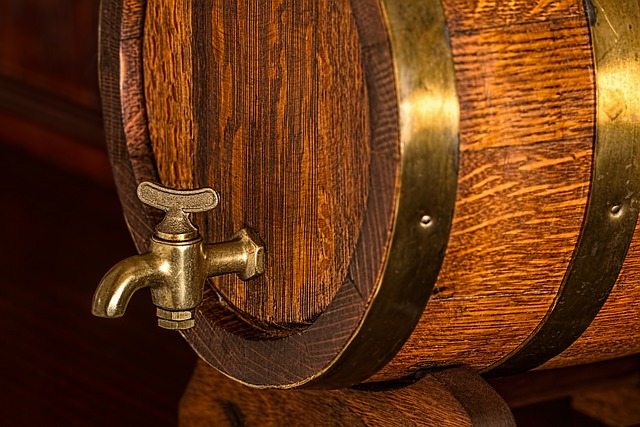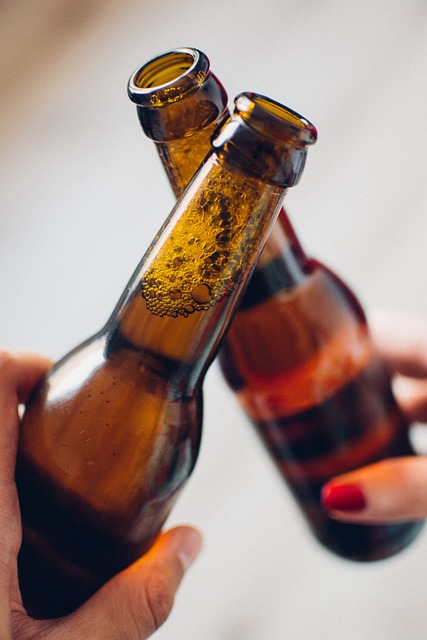
“Beer Sales Reach New Low – The Takeout Reports”
“The End of Beer’s Domination? Exploring the Generation Gap in Drinking Habits”
It’s been pretty evident for some time that the drinking habits of Generation Z are quite different from the ones displayed by previous generations. According to a Gallup poll from 2023, fewer Americans aged between 18-34 drink alcohol than ever before during the last 22 years. A Billboard report also hinted that music venues struggle with low alcohol sales.
However, beer sales follow a different story – indicating that the generational gap isn’t the only factor to be looked into. NBC News reports that the beer industry is actually facing its lowest sales in a generation, with multiple factors likely to play a part.
Why is the Beer Industry Struggling?
Beer Marketer’s Insights – an industry group – told NBC News that beer shipments decreased to a level not seen since 1999. This correlates conveniently with the emergence of craft beer, and Anchor Brewing’s closure in 2023 further highlighted the beginning of a difficult period for craft beer sales across the US.
The biggest players in the industry are also suffering – with David Steinman, vice president of Music Marketer’s Insights, quoted as saying, “It was a tough year for beer.” Anheuser Busch played a major role in the downfall of mass-market beer sales – partially due to an American conservative boycott of Bud Light in 2023.
Overall, the decline of mass-market beer such as Bud Light, Miller Light and Coors Light is a symptom of beer drinkers diverting to other products. A seltzer boom in 2019-2021 posed a significant threat to beer’s popularity, which was further supplemented by canned RTD Cocktails. White Claw still enjoys a considerable level of brand recognition – creating new products that satisfy drinkers that want either 0% ABV drinks or something more boozy.
Options Now Abound for Beer Drinkers
Ten years ago, grocery and liquor store shelves were mostly comprised of beer. But now there is an abundance of other options. Alcohol drinkers may now choose from beer, wine, liquor, canned tequila cocktails, hard seltzers, hard soda, lemonade, hard tea or hard iced coffee – forcing each beverage to compete even harder for consumer attention. And Lester Jones of the National Beer Wholesalers Association believes sugar-forward alcohol beverages market to the same consumer occasions as malt & hop-forward products.
The Future of Beer
Despite beer sales nosediving, the consumption level of beer in the US doesn’t always correlate with the industry’s earnings. The price of beer has increased rapidly – matching and sometimes exceeding general inflation – while the industry’s existing consumer base may be opting for more expensive brands – such as Modelo Especial in 2023.
Moreover, strong international sales means that the beer industry is still profitable. Despite the landscape getting more saturated with other products – such as seltzers, RTD cocktails and hard sodas – beer is still an essential beverage for the U.S. This dualism is unlikely to change in 2024 and beyond – though a paring down of microbreweries and beer drinkers having a wider range of options to choose from could make it harder for beer to stand out.

